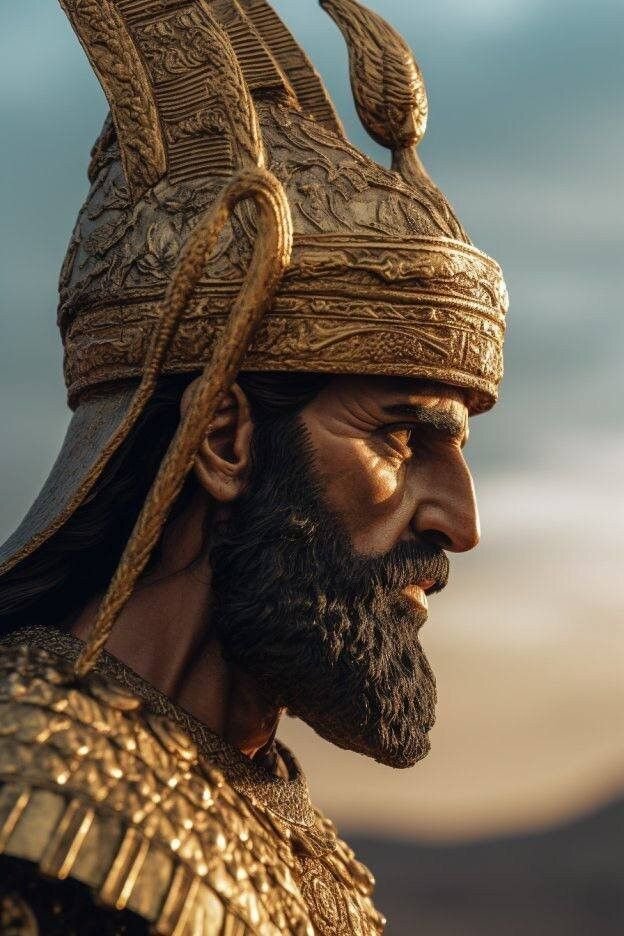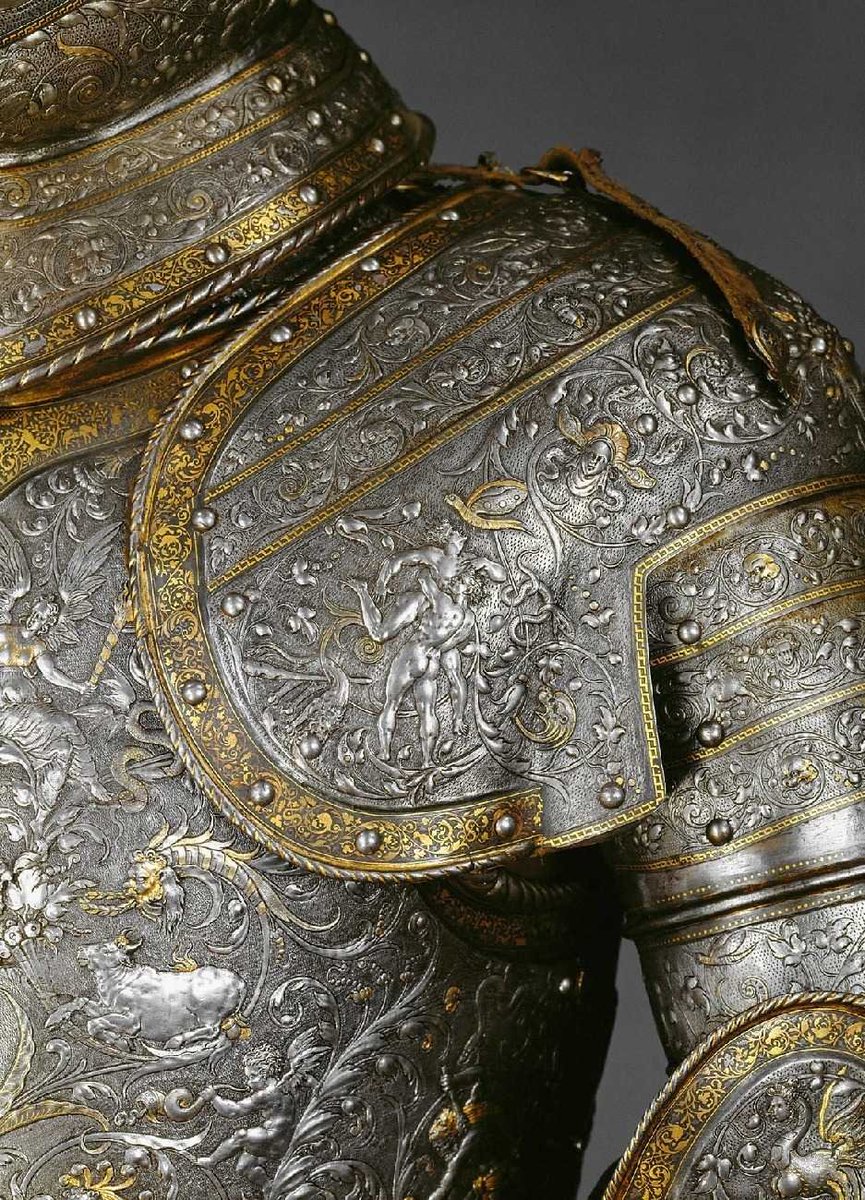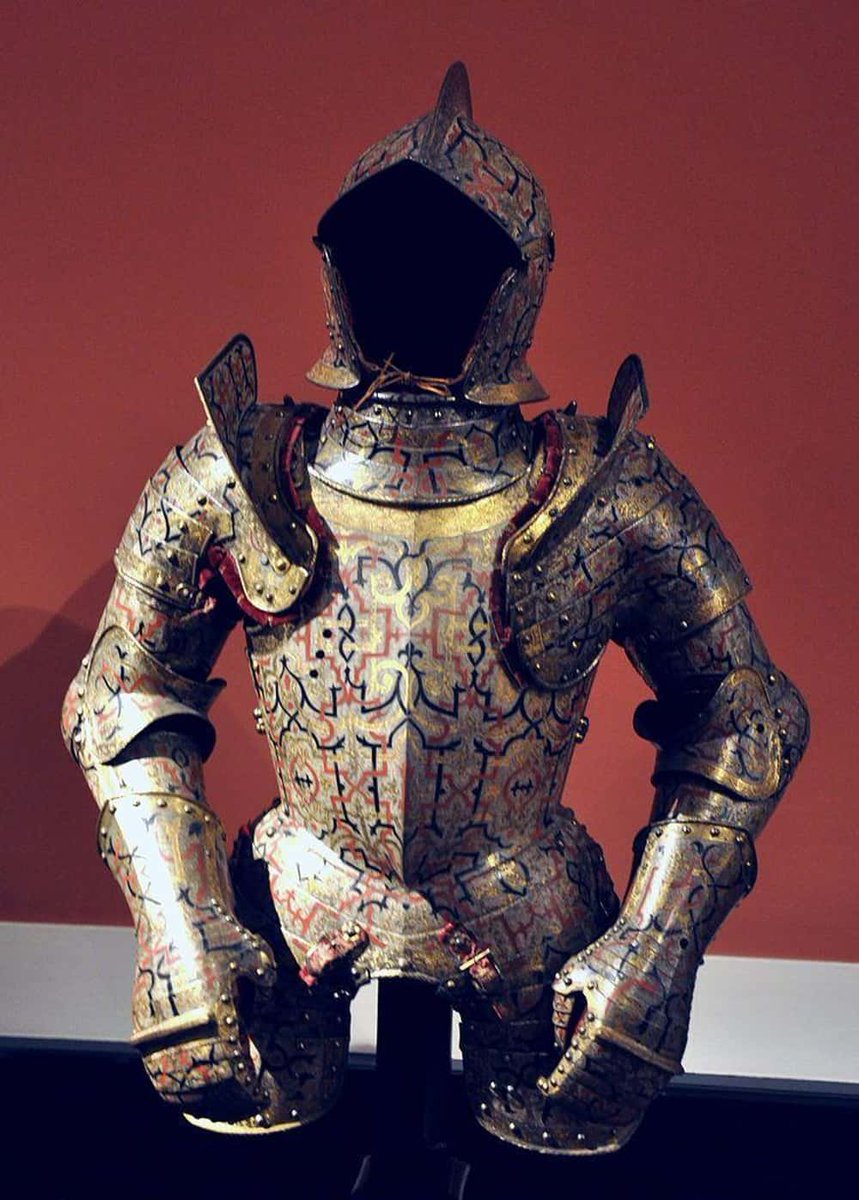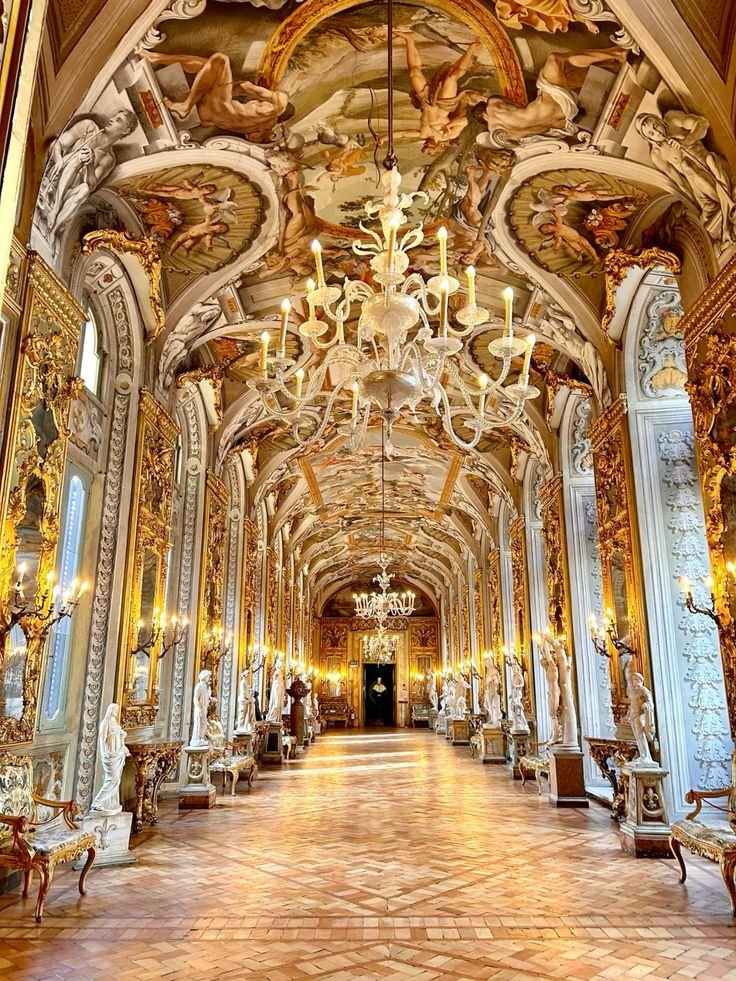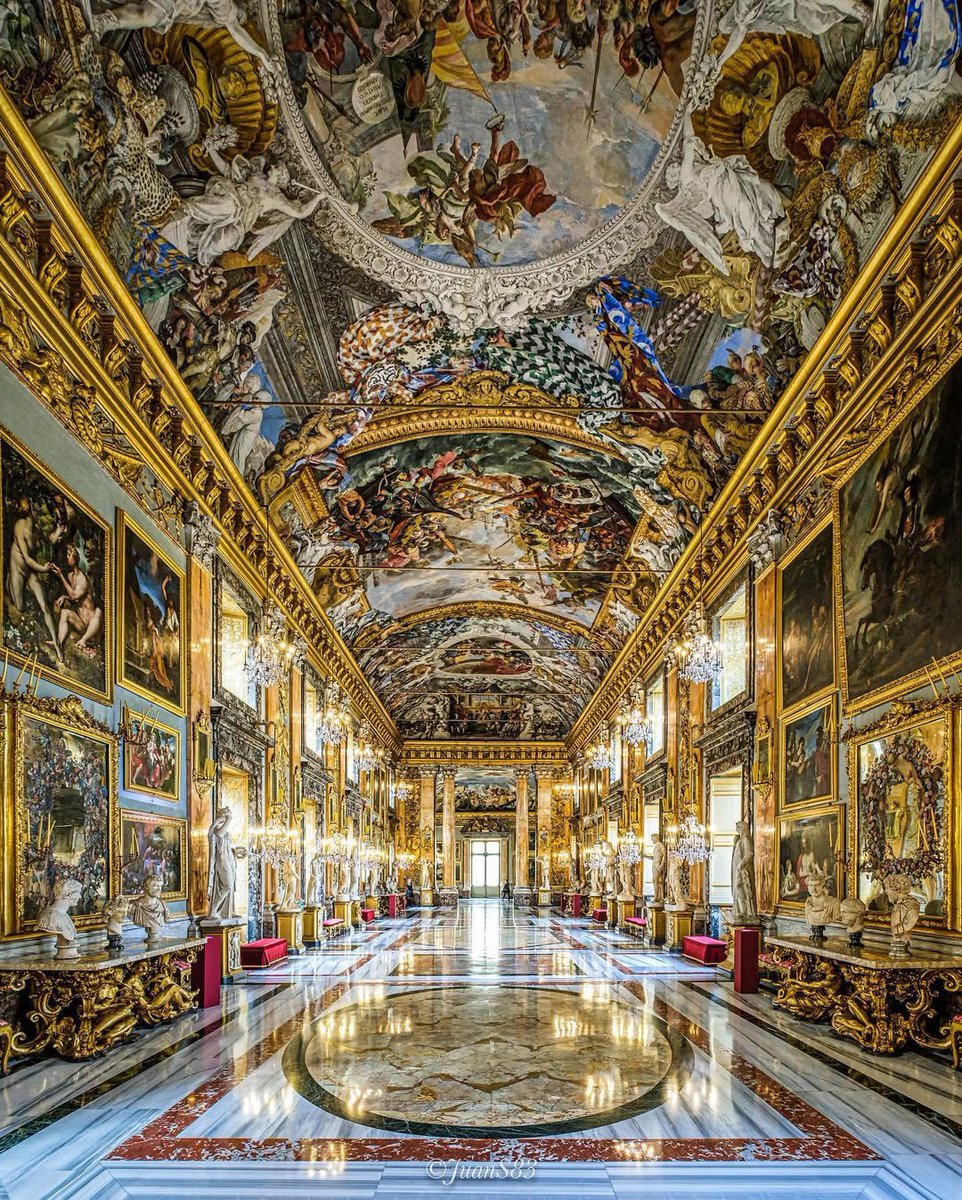To understand Western architecture, you don’t need a textbook.
You need to stand in Rome.
Look up. Look down. Turn around.
The past is under your feet, and the future was built on top of it. 🧵👇
You need to stand in Rome.
Look up. Look down. Turn around.
The past is under your feet, and the future was built on top of it. 🧵👇
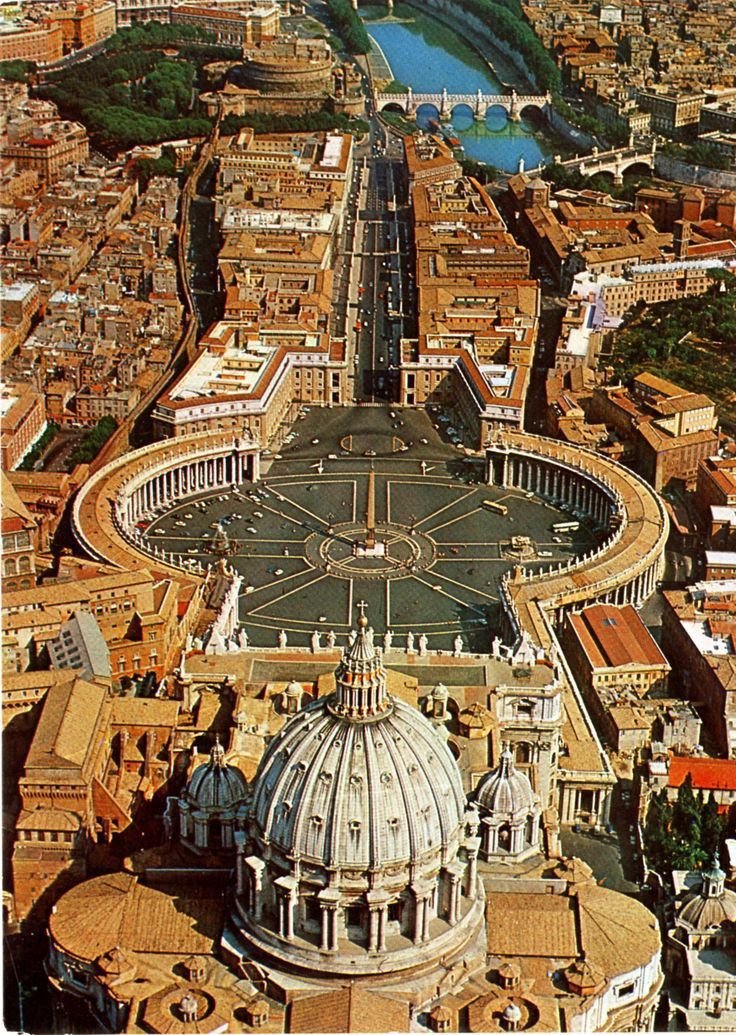
Rome isn’t just a city.
It’s the memory of Western civilization cast in stone.
Everything we know about power, beauty, space, and time was tested here first.
It’s the memory of Western civilization cast in stone.
Everything we know about power, beauty, space, and time was tested here first.

Rome didn’t begin as an empire.
It began as huts on the Palatine Hill—iron-age dwellings, clustered near a swamp.
But it didn’t stay small.
Because from the very beginning, Romans saw space as something they could control.
It began as huts on the Palatine Hill—iron-age dwellings, clustered near a swamp.
But it didn’t stay small.
Because from the very beginning, Romans saw space as something they could control.

The Etruscans drained the swamp literally.
They built the Cloaca Maxima, paved the Forum, and laid out the first urban core of ancient Rome.
That was the first revolution: nature was no longer the master of the city.
They built the Cloaca Maxima, paved the Forum, and laid out the first urban core of ancient Rome.
That was the first revolution: nature was no longer the master of the city.

Then came the Republic.
The Forum exploded into life.
Temples, courts, basilicas.
The basilica wasn’t religious—it was practical. A public hall for law, trade, and assembly. It would later become the model for churches across the West.
The Forum exploded into life.
Temples, courts, basilicas.
The basilica wasn’t religious—it was practical. A public hall for law, trade, and assembly. It would later become the model for churches across the West.

Roman architecture wasn’t just grand.
It was useful. Scalable. Copyable across the empire.
Aqueducts, paved roads, amphitheaters, triumphal arches.
Even the shape of a public square was formalized with colonnades, focal buildings, processional space.
It was useful. Scalable. Copyable across the empire.
Aqueducts, paved roads, amphitheaters, triumphal arches.
Even the shape of a public square was formalized with colonnades, focal buildings, processional space.

Then came the Empire and with it, architecture as imperial policy.
Augustus transformed the city.
“I found Rome a city of brick,” he said. “I leave it a city of marble.”
That wasn’t just PR. It was a blueprint for every ruler who followed.
Augustus transformed the city.
“I found Rome a city of brick,” he said. “I leave it a city of marble.”
That wasn’t just PR. It was a blueprint for every ruler who followed.

The Forum of Augustus.
The Palatine palaces.
The Ara Pacis.
The Pantheon.
Rome’s imperial era wasn’t about style. It was about messaging: order, power, divine favor—all materialized in stone.



The Palatine palaces.
The Ara Pacis.
The Pantheon.
Rome’s imperial era wasn’t about style. It was about messaging: order, power, divine favor—all materialized in stone.




Domes and vaults weren’t decoration. They were tools of persuasion.
The Pantheon (rebuilt by Hadrian) was more than a temple.
It was the world’s first fully designed interior, a sacred space where geometry met god.
The Pantheon (rebuilt by Hadrian) was more than a temple.
It was the world’s first fully designed interior, a sacred space where geometry met god.

Subscribe to my newsletter for more on the architecture of the soul:
newsletter.thecultureexplorer.com/subscribe
newsletter.thecultureexplorer.com/subscribe

Then came Christianity and the map of the city flipped.
Pagans had built on the hills.
Christians moved to the plains, near the river.
Why? Because after the aqueducts were destroyed in the Gothic sieges, the hills were unlivable.
Pagans had built on the hills.
Christians moved to the plains, near the river.
Why? Because after the aqueducts were destroyed in the Gothic sieges, the hills were unlivable.

The shift was architectural and symbolic.
The old elite centers—the Palatine, the Capitol—became grazing fields. The Forum became a cow pasture.
Rome turned inward. And church building began on the margins.
The old elite centers—the Palatine, the Capitol—became grazing fields. The Forum became a cow pasture.
Rome turned inward. And church building began on the margins.

The great early basilicas were built outside the city walls:
St. Peter’s, St. John Lateran, Santa Maria Maggiore.
Rome shrank.
But spiritually—it expanded.
The imperial city was now a Christian one.
St. Peter’s, St. John Lateran, Santa Maria Maggiore.
Rome shrank.
But spiritually—it expanded.
The imperial city was now a Christian one.

By the year 1000, Rome was a shadow of its former self. Maybe 15,000 people from a peak of 1-2 million people.
Most hills were empty.
The monuments of empire were silent stones.
But the churches kept the flame alive.
Most hills were empty.
The monuments of empire were silent stones.
But the churches kept the flame alive.

Then came the Renaissance and Rome woke up.
Nicholas V (1447–1455) summoned Leon Battista Alberti to redesign the city.
He wanted gardens, theaters, palaces, a new St. Peter’s.
He didn’t live to finish it. But the idea of Rome-as-stage was reborn.
Nicholas V (1447–1455) summoned Leon Battista Alberti to redesign the city.
He wanted gardens, theaters, palaces, a new St. Peter’s.
He didn’t live to finish it. But the idea of Rome-as-stage was reborn.

Then Julius II arrived.
He hired Bramante to build a new Vatican.
Paved new streets.
Opened new axes through medieval chaos.
Rome wasn’t just being revived.
It was being curated.
He hired Bramante to build a new Vatican.
Paved new streets.
Opened new axes through medieval chaos.
Rome wasn’t just being revived.
It was being curated.

Sixtus V was the real planner.
He cut roads through hills.
Planted obelisks at intersections.
Built fountains, restored aqueducts, marked pilgrimage routes.
His Rome was navigable, logical, sacred—and modern.
He cut roads through hills.
Planted obelisks at intersections.
Built fountains, restored aqueducts, marked pilgrimage routes.
His Rome was navigable, logical, sacred—and modern.

Baroque Rome took that grid and bent it.
Bernini’s colonnades wrapped pilgrims in St. Peter’s Square like arms.
Piazza Navona turned an ancient stadium into an open-air spectacle.
The Spanish Steps created vertical drama.
Bernini’s colonnades wrapped pilgrims in St. Peter’s Square like arms.
Piazza Navona turned an ancient stadium into an open-air spectacle.
The Spanish Steps created vertical drama.

Rome’s Baroque wasn’t symmetrical.
It was theatrical.
Designed to move you—not just physically, but emotionally.
No one captured this better than Bernini.
He carved ecstasy into stone.
It was theatrical.
Designed to move you—not just physically, but emotionally.
No one captured this better than Bernini.
He carved ecstasy into stone.

Even Fascism tried to leave its mark.
Mussolini created the Via dei Fori Imperiali, slicing through ancient ruins to connect the Colosseum to his new empire.
It was about speed, steel, empire.
Modernism fused with myth.
Mussolini created the Via dei Fori Imperiali, slicing through ancient ruins to connect the Colosseum to his new empire.
It was about speed, steel, empire.
Modernism fused with myth.

Rome didn’t resist.
It absorbed.
Every regime, every ruler, every aesthetic ...
Rome took them all.
Stacked them.
Layered them.
Today, one wall might contain Etruscan stone, a medieval window, and a Fascist cornice.
It absorbed.
Every regime, every ruler, every aesthetic ...
Rome took them all.
Stacked them.
Layered them.
Today, one wall might contain Etruscan stone, a medieval window, and a Fascist cornice.

Rome’s genius isn’t preservation.
It’s accumulation.
Every corner tells five stories.
Every church was once a temple.
Every ruin was once a blueprint.
Time isn’t linear here.
It loops. It stacks. It survives.
It’s accumulation.
Every corner tells five stories.
Every church was once a temple.
Every ruin was once a blueprint.
Time isn’t linear here.
It loops. It stacks. It survives.
So, coming back to understanding Western architecture, you don’t need a textbook.
You just need to stand in Rome.
"Men did not love Rome because she was great. She was great because they had loved her."
- G.K. Chesterton (from The Everlasting Man)
You just need to stand in Rome.
"Men did not love Rome because she was great. She was great because they had loved her."
- G.K. Chesterton (from The Everlasting Man)
Rome isn’t a museum.
It’s a living archive of how power, beauty, and belief shaped our world.
And it’s not done writing.
It’s a living archive of how power, beauty, and belief shaped our world.
And it’s not done writing.

If this thread helped you see Rome differently— share this with your followers and follow @CultureExploreX.
I write about beauty, power, and forgotten civilizations every week.
I write about beauty, power, and forgotten civilizations every week.
• • •
Missing some Tweet in this thread? You can try to
force a refresh


